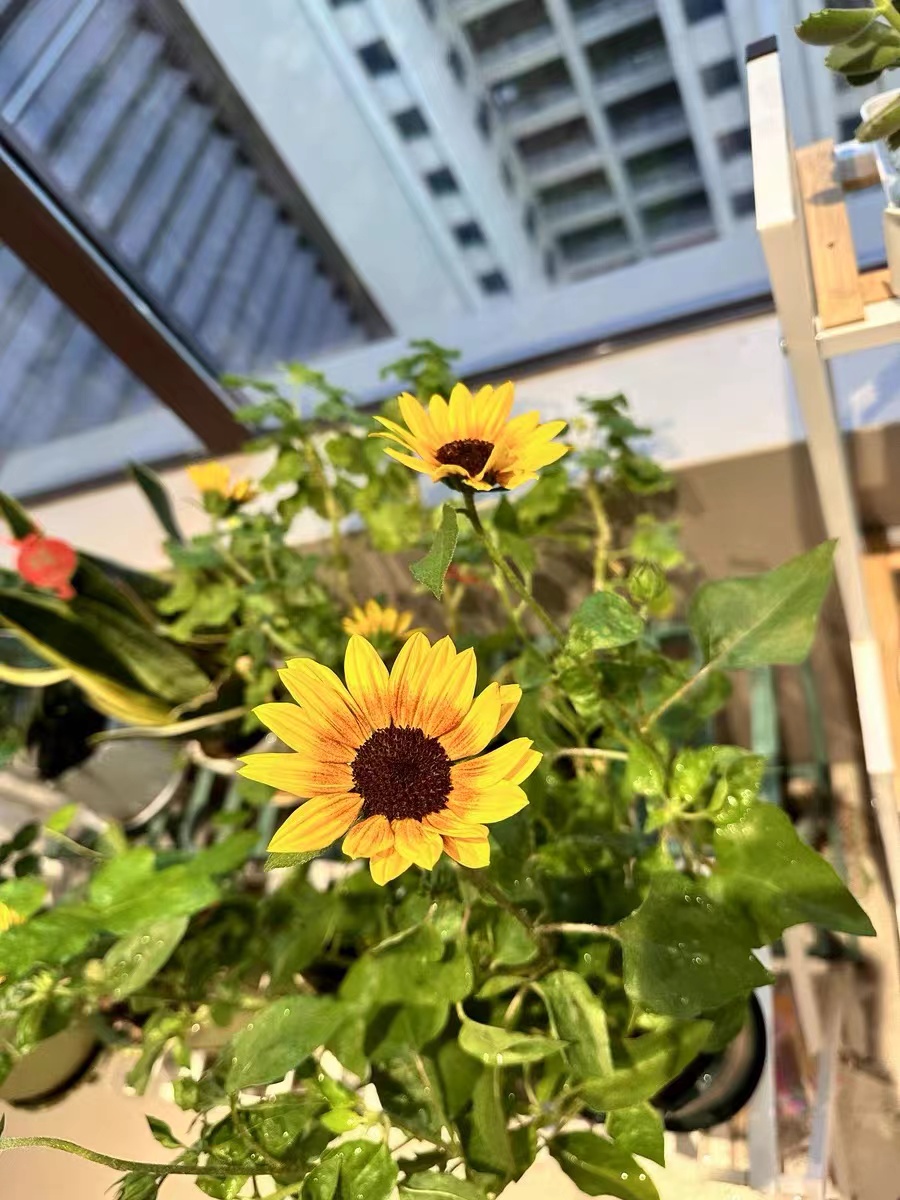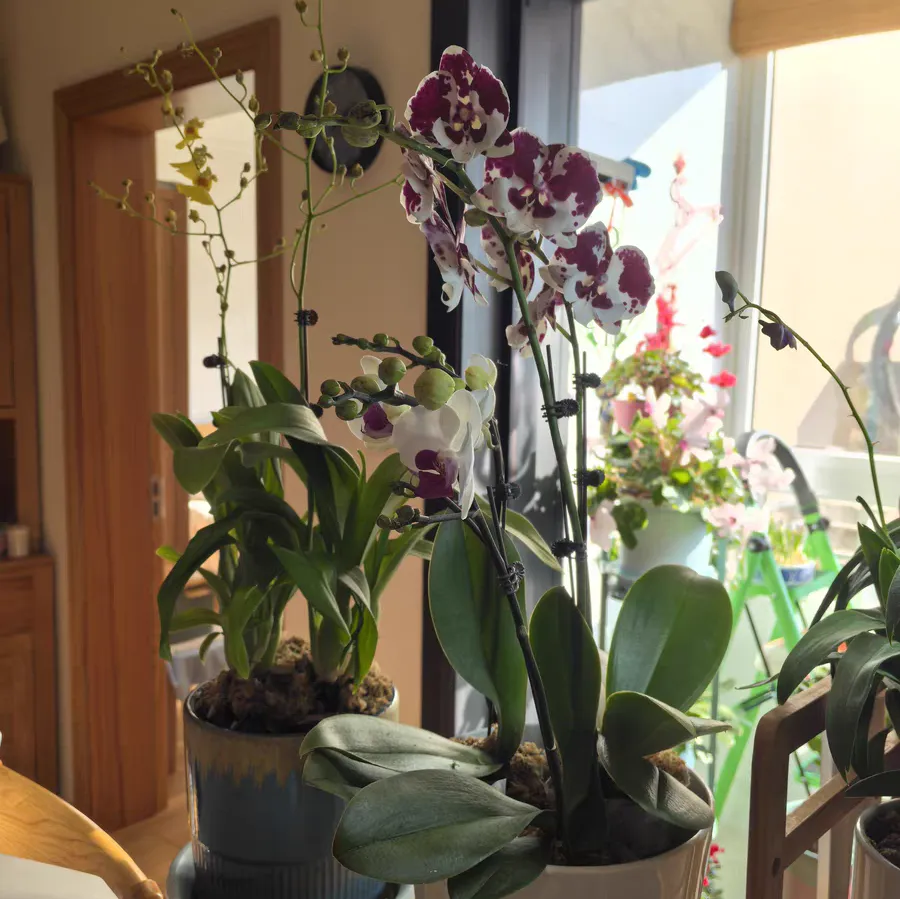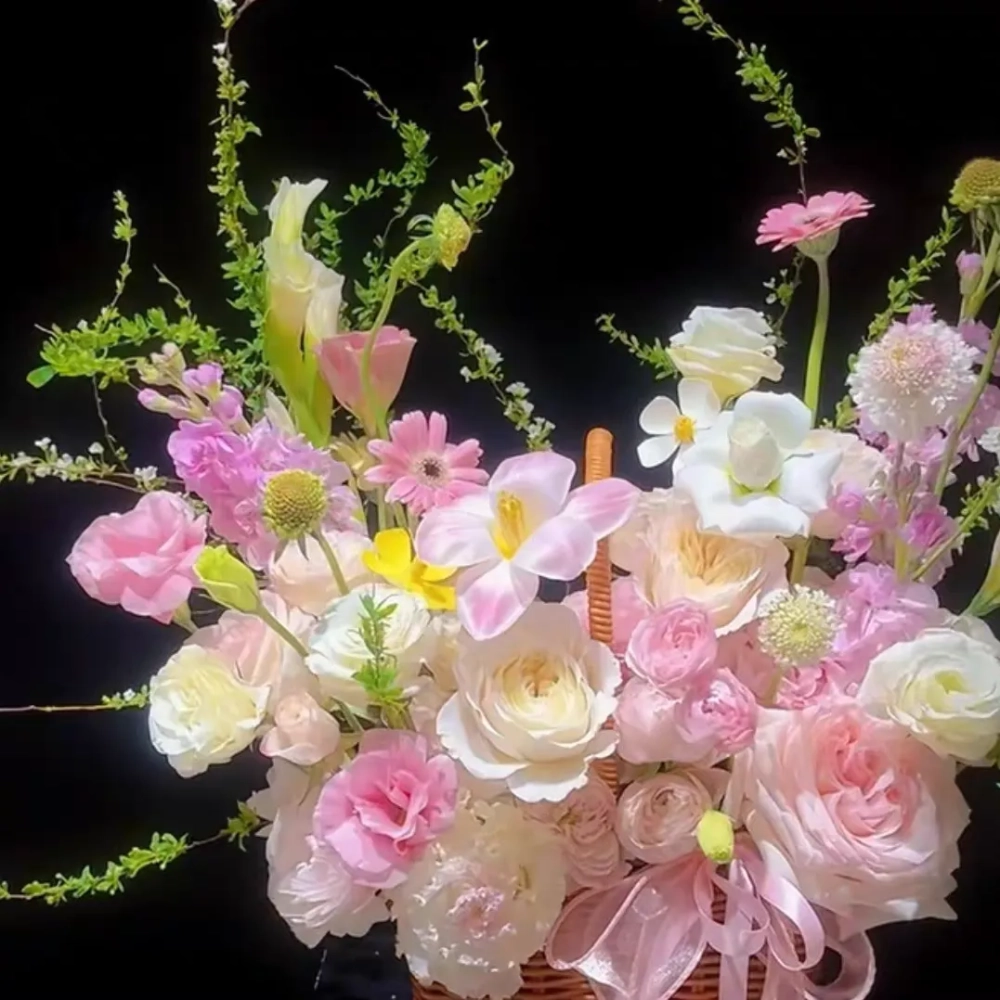Growing flowers, as a leisure and entertainment activity, can not only beautify the home environment but also cultivate one's sentiment. However, for beginners, choosing suitable flowers and understanding their growth environment requirements is often a big problem. Today, let's learn about what flowers are suitable for growing in different environments and interpret some nouns related to growing flowers to make growing flowers easy to understand.
Lighting environment
Full-sun flowers
Full sun refers to an environment where flowers can receive at least 6 hours or more of direct sunlight every day.
Suitable flowers: sunflowers, roses, jasmine, etc. These flowers need sufficient sunlight to grow and bloom normally and are suitable for planting on balconies, terraces, or outdoor places with sufficient sunlight.
Part-sun flowers
Part sun refers to an environment where flowers can receive 3 to 6 hours of direct sunlight every day and receive scattered light for the rest of the time.
Suitable flowers: African violets, hanging orchids, Clivia, etc. These flowers have relatively moderate light requirements. They need a certain amount of sunlight for photosynthesis but cannot be exposed to strong sunlight for a long time.
Shade-loving flowers
Shade-loving flowers refer to flowers that grow well in a weak light environment and usually do not like direct sunlight.
Suitable flowers: ferns, 绿萝 (green trailing plant), evergreens, etc. These flowers are suitable for being placed in darker corners indoors, such as study rooms, bedrooms, and other places.
Temperature conditions
Cold-resistant flowers
Cold-resistant flowers refer to flowers that can grow at lower temperatures and can usually tolerate low temperatures below 0°C.
Suitable flowers: plum blossoms, tulips, chrysanthemums, etc. These flowers can bloom even in the cold winter.
Warm-loving flowers
Warm-loving flowers refer to flowers that need a higher temperature to grow and bloom normally.
Suitable flowers: tropical orchids, poinsettias, anthuriums, etc. These flowers are native to tropical or subtropical regions and need a higher temperature and humidity to maintain growth.
Water demand
Moisture-loving flowers
Moisture-loving flowers refer to flowers that have a high demand for water and need to keep the soil moist frequently.
Suitable flowers: ferns, orchid family plants, calla lilies, etc. These flowers need sufficient water during the growth period, but also pay attention to avoiding waterlogging that causes root rot.
Drought-tolerant flowers
Drought-tolerant flowers refer to flowers that can grow in a dry environment and have relatively low water demand.
Suitable flowers: cacti, succulent plants, agaves, etc. These flowers have strong water storage capacity and can survive and reproduce in a dry environment.
Acidic soil flowers
Acidic soil refers to soil with a pH value between 5.5 and 7.0, which is suitable for the growth of some flowers that like an acidic environment.
Suitable flowers: azaleas, gardenias, camellias, etc. These flowers grow most vigorously in acidic soil. If the soil is too alkaline, it will lead to poor growth.
Alkaline soil flowers
Alkaline soil refers to soil with a pH value greater than 7.0, which is suitable for the growth of some flowers that are tolerant to alkaline environments.
Suitable flowers: cacti, roses (some varieties), begonias, etc. These flowers have strong adaptability to soil acidity and alkalinity and can grow well in alkaline soil.
By understanding the types of flowers suitable for planting under different environmental conditions and related noun explanations, we can choose and maintain flowers more scientifically and reasonably.
What flowers are suitable for different environments?

Share with
Tagged in :




Leave a Reply